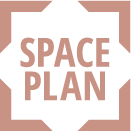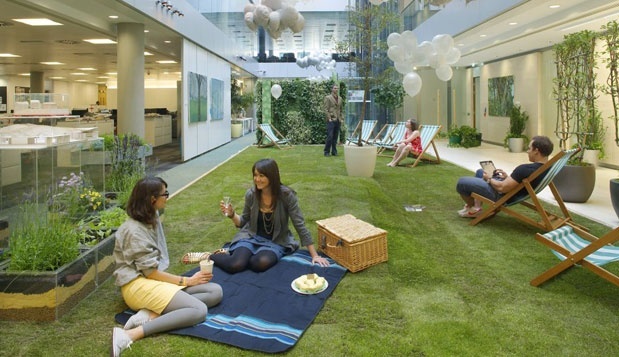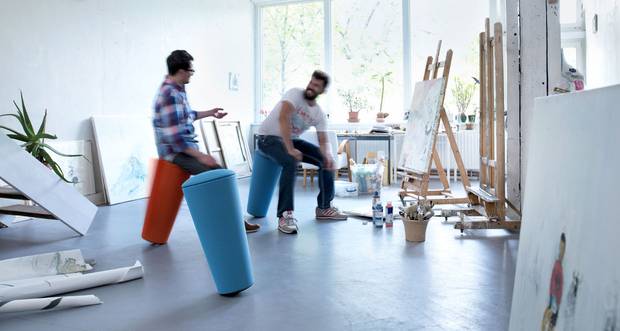


Not only an individual approach and flexible corporate culture helps companies attract and retain top talent.
29. 1. 2015
 Whether it’s a veggie burger grilled to order or discovering the perfect smartphone app, our culture not only appreciates personalized experiences, but increasingly, we expect them. The workplace is no different. Professionals, and particularly Millenials, are saying “no thanks” to remaining tethered to a workstation for 8 hours a day—they’re looking for a culture of choice and control, and business leaders are taking notice.
Whether it’s a veggie burger grilled to order or discovering the perfect smartphone app, our culture not only appreciates personalized experiences, but increasingly, we expect them. The workplace is no different. Professionals, and particularly Millenials, are saying “no thanks” to remaining tethered to a workstation for 8 hours a day—they’re looking for a culture of choice and control, and business leaders are taking notice.
Turnstone recently conducted a survey of over 500 small business owners employing fewer than 100 people, and found that office culture is a powerful indicator of workplace satisfaction.
Not only does a personalized, flexible culture help companies attract and retain top talent, but there are significant indications that it affects the bottom line, too. We believe this wave of influence will inform workplace wellness trends in 2015 and beyond, especially as they relate to the following components of great culture:
1. Acknowledging that not everyone works the same
Privacy has become a hot topic in the workplace as employers realize that one physical environment does not fit all. While it’s true that some people function best surrounded by office buzz or listening to a steady stream of 80’s rock, others need a quiet space to do their best thinking.
Steelcase research has found that offering a palette of place in the office is the best way to meet the needs of your team, suggesting that even collaborative spaces should be equipped to support solitude.
2. Choice and control
Arranging the office with different zones gives employees the option to move through their environment throughout the day. People who begin by checking email in a lounge setting may migrate to a desk for high focus tasks like compiling financial reports, writing, or coding.
To score extra points with your team, leadership can also allow staff to work remotely when it makes sense. This perk gives employees the power to choose how they work best and pursue that “just right” option, boosting productivity and improving attitude.
3. Making employee wellbeing a priority
Giving employees the opportunity to change postures throughout the day is not just considerate, it’s smart. A well-designed palette of postures includes offering walk stations, height-adjustable desks, and active seats, like turnstone’s Buoy, designed to offset some of the risks associated with remaining sedentary.
And providing nutritious snacks and water make it easy for employees to refuel throughout the day, short-circuiting default plans to hit the vending machine or drive-thru.

4. Incorporating different seating styles
All work is not equal. Building designated areas for group brainstorms, one-on-one meetings, solo work, and socializing is important and speaks to the choice and control professionals crave.
Start by acknowledging that different types of work require different spaces and furniture arrangements, and proceed through the lens of improving culture along the way. Adding a lounge seating space or community gathering area for social times is an important first step to creating a fun, relational workplace.
5. Moving versus sitting
We’ve all seen the headlines: Our society needs to move more. Staying active keeps blood flowing, improves brain activity, and contributes to overall wellbeing. To add more movement to your day, consider scheduling walking meetings, using a wireless phone to get up and walk while on a call, or holding company fitness competitions by giving out pedometers and challenging employees to take more steps than their coworkers. By intentionally baking-in time to get up and move, you’ll not only do your own body good, but will model a healthy lifestyle for your team.